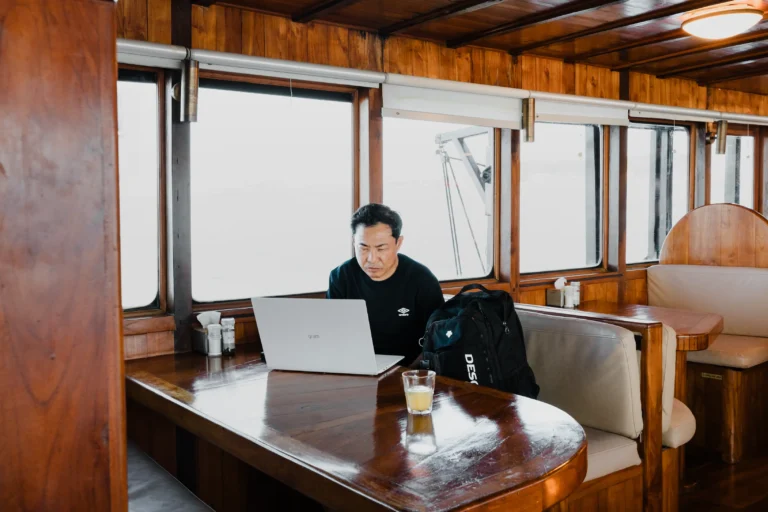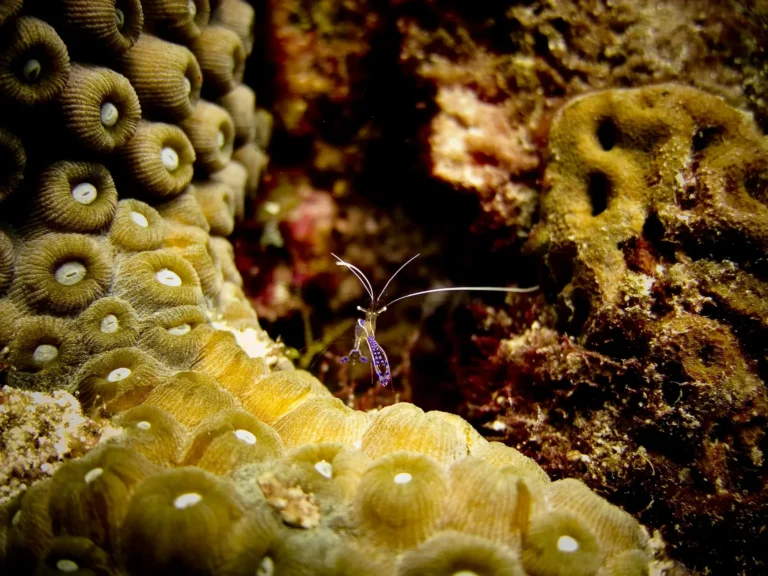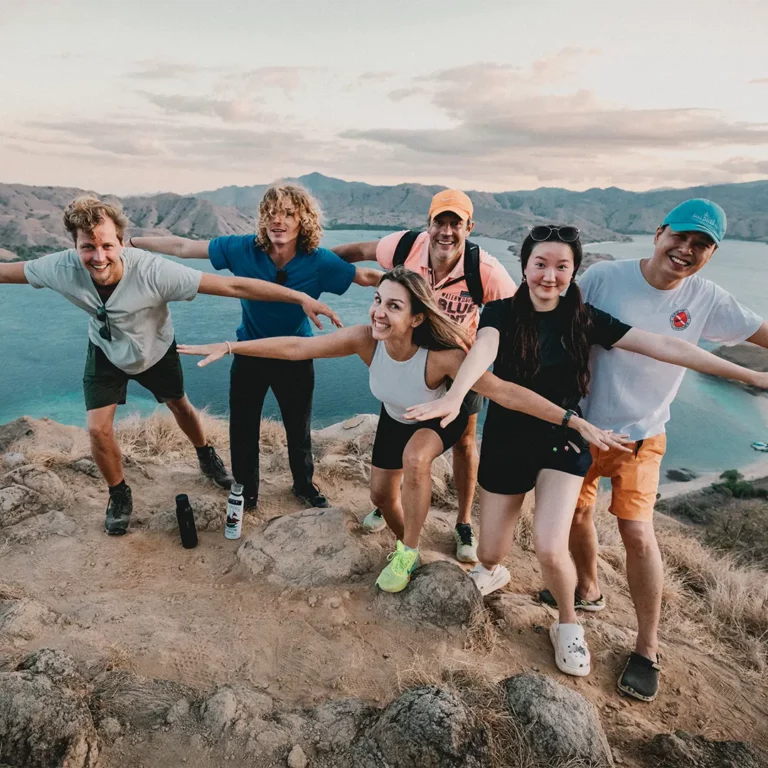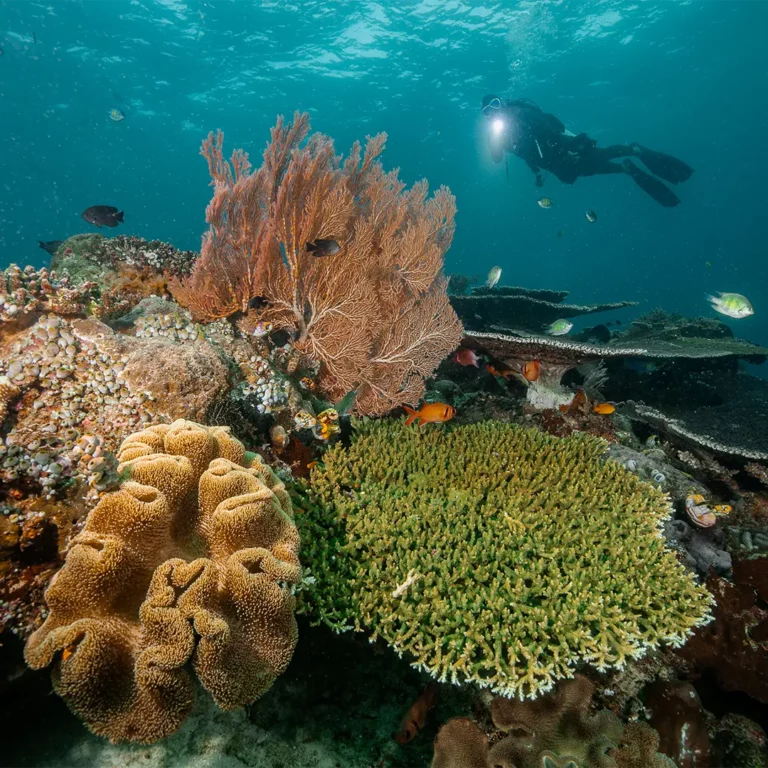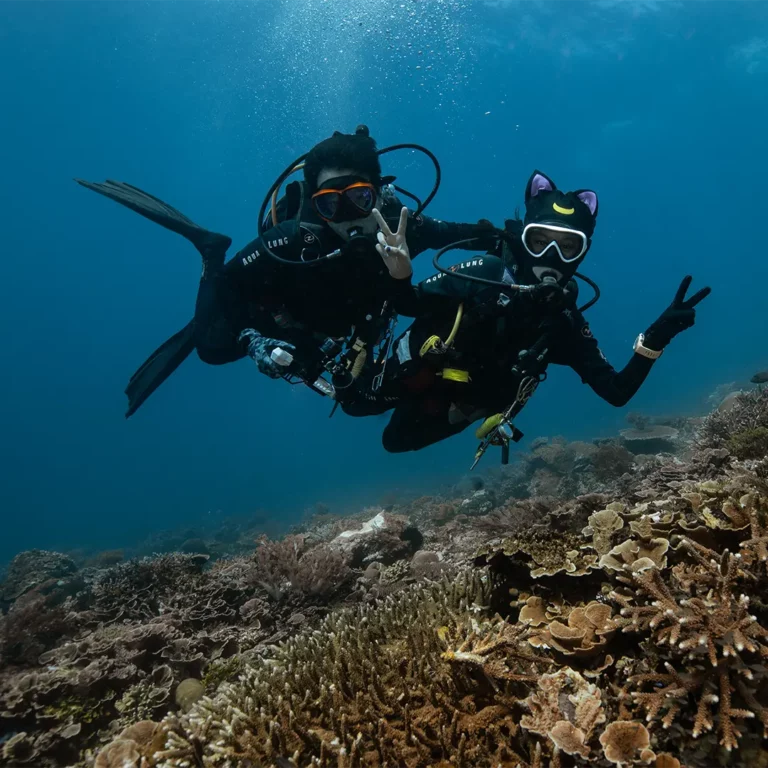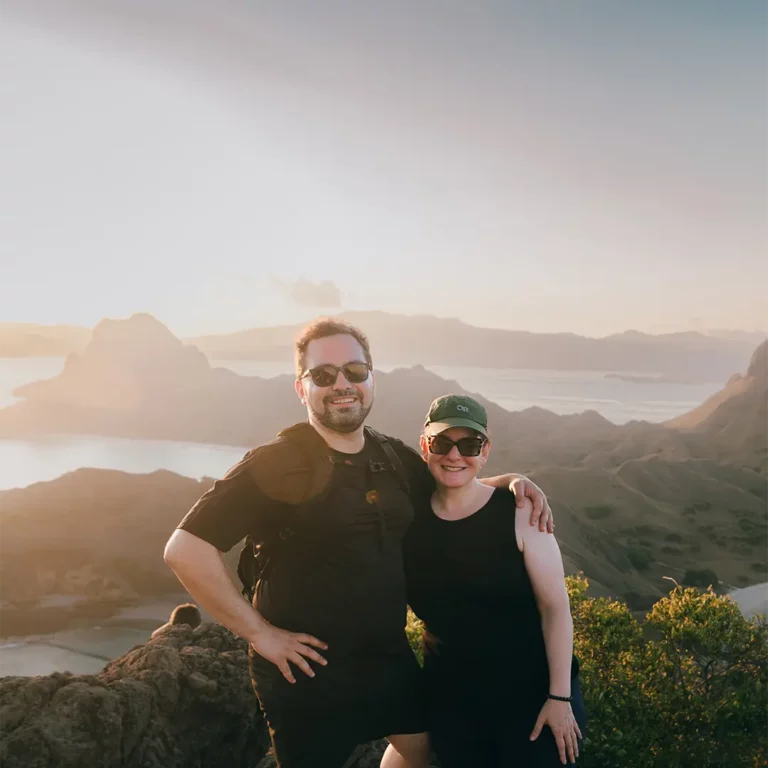You may be planning to do solo diving, at various dive spots to enjoy the beauty of the very challenging underwater scenery. Diving alone does provide an unforgettable sensation and experience and on the other hand it also has risks. To anticipate the risks that you may experience when diving alone, in this article we provide tips on diving alone in uncharted dive spots.
As we know that diving alone is very risky and is an extreme and quite dangerous activity. Safety issues in solo diving are often overlooked by inexperienced divers exploring complex underwater depths. Due to the absence of supervision or a guide, extensive preparation and research is necessary before going solo diving.
You should carry essential diving equipment such as extra oxygen tanks, GPS navigation tools, as well as emergency kits so as to minimize risks and difficulties. Considering the pros and cons of solo diving is crucial to making the right decision. The following explains the safety of solo diving, along with its pros and cons.
Solo Diving Advantages
Solo diving has now become a trend to gain new experiences in unique diving spots that are unforgettable. However, solo diving activities are very risky when you want to be free for extraordinary achievements to explore new places. By doing solo diving activities, you can certainly keep moving quickly and can determine your own direction and decisions independently.
Solo diving can also develop physical fitness through increased cardiovascular activity and better buoyancy control. In addition, you can solve problems independently and gain more significant skills to develop problem-solving abilities that can be useful in future dives.
Solo diving can help you focus on your goals and interests without any distractions
Solo diving can help you focus on your goals and interests without any distractions. Solo diving can also improve your skills such as buoyancy which you may not get when diving in a group. When solo diving, you can explore the underwater at your own pace, you can set your own schedule, and you can choose the places that you like that may be outside the usual diving spots.
More Independent and Purposeful
Solo diving can lead to greater independence, and improve qualities that are important for any experienced diver as well as a greater appreciation of safety. Solo divers will often be more disciplined in their briefing and planning to hone their skills and ensure they are in control.
Offers Maximum Freedom and Flexibility
This specialized type of diving offers maximum flexibility and freedom allowing the diver to have complete control over the dive plan from both a time management and safety perspective; with no time constraints or scheduling compromises due to having to adjust to the time, depth and location of the group dive.
ALSO READ : Wall Diving: How To Explore, Skills and Tips
Drawbacks and Risks of Solo Diving
Lack of help and support from diving partners
When diving alone, it will be difficult to get help when experiencing problems such as technical problems, compared to diving with friends, it will also reduce the risk and your diving buddies will also be more alert and quick to help if you experience difficulties.
Higher risk of accidents and emergencies
As an extreme sport, solo diving presents mental and physical challenges and should be practiced by experienced divers. While diving can be a lot of fun, it also comes with a very high safety risk when compared to diving with a buddy or partner so as to reduce accidents or emergencies. When solo divers run into difficulties, they must overcome them on their own using their proper equipment and knowledge.
Has high potential for technical failure issues
Due to the lack of help in an emergency, diving alone carries potentially dangerous risks. Divers only have to rely on help if their equipment breaks down or something unexpected happens, such as running out of air, getting sick, or getting injured. In addition, the risk of a solo diver getting lost or disoriented is higher than if two people are present, as assistance from a dive buddy could potentially be compromised in various ways.
Important Factors to Consider when Solo Diving
Place and type of dive
The level of dive difficulty is affected by the type of dive and location. You should know what each environment requires.
Skill and Experience Level
When deciding whether to dive alone, many things should be considered, the most important being experience and skills. Less experienced people should avoid diving alone until they learn how to reduce risks and gain the necessary knowledge.
Preparation and Diving Gear
As small mistakes can be fatal when diving underwater, it is very important to test all equipment and prepare yourself beforehand.
Risk Tolerance and Comfort Level
Finally, consider your comfort level and risk tolerance when exploring alone. Some people may be comfortable enough to swim at a certain depth unassisted, while others may prefer to swim with a dive buddy.
Essential Strategies for Safe Solo Diving
Managing Risks and Monitoring while Diving
During a dive, divers must remain aware of their surroundings by monitoring potential risks and responding appropriately.
Preparation and Planning Before Solo Diving
Divers should plan and prepare well before diving alone, as diving alone can be an amazing experience.
Performing Reduction Measures and Using Safety Equipment
It is essential to consider the use of personal safety equipment, such as dive computers and submerged marker buoys, as well as taking redundancy measures, such as carrying spare regulators.
ALSO READ : 9 of the Best Places and Times to Dive with Manta Rays
Dive Analysis and Debriefing
After surfacing, the diver should debrief the dive, see what worked well, and see what needs improvement. Solo diving can be a safe and enjoyable activity if done correctly.


